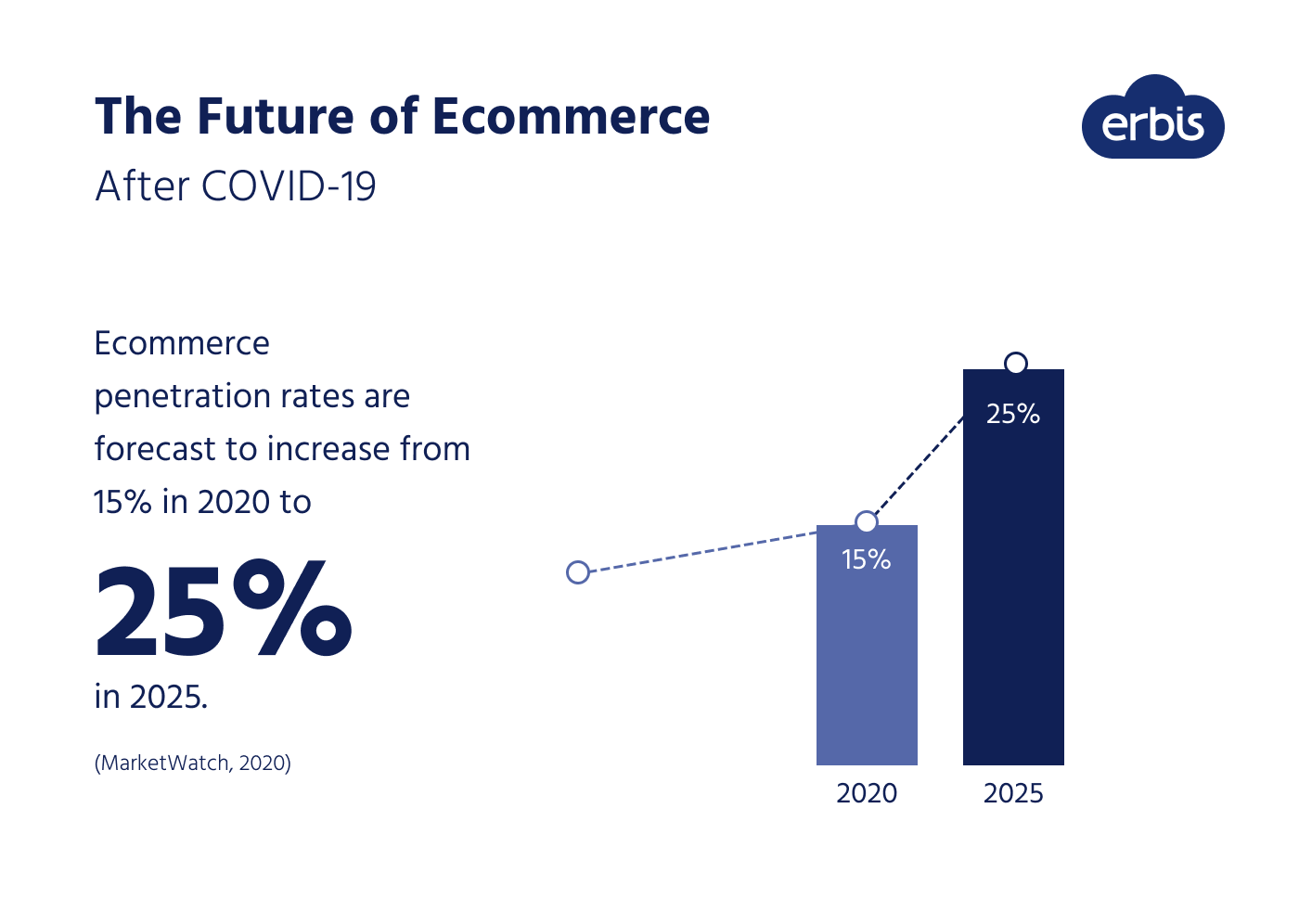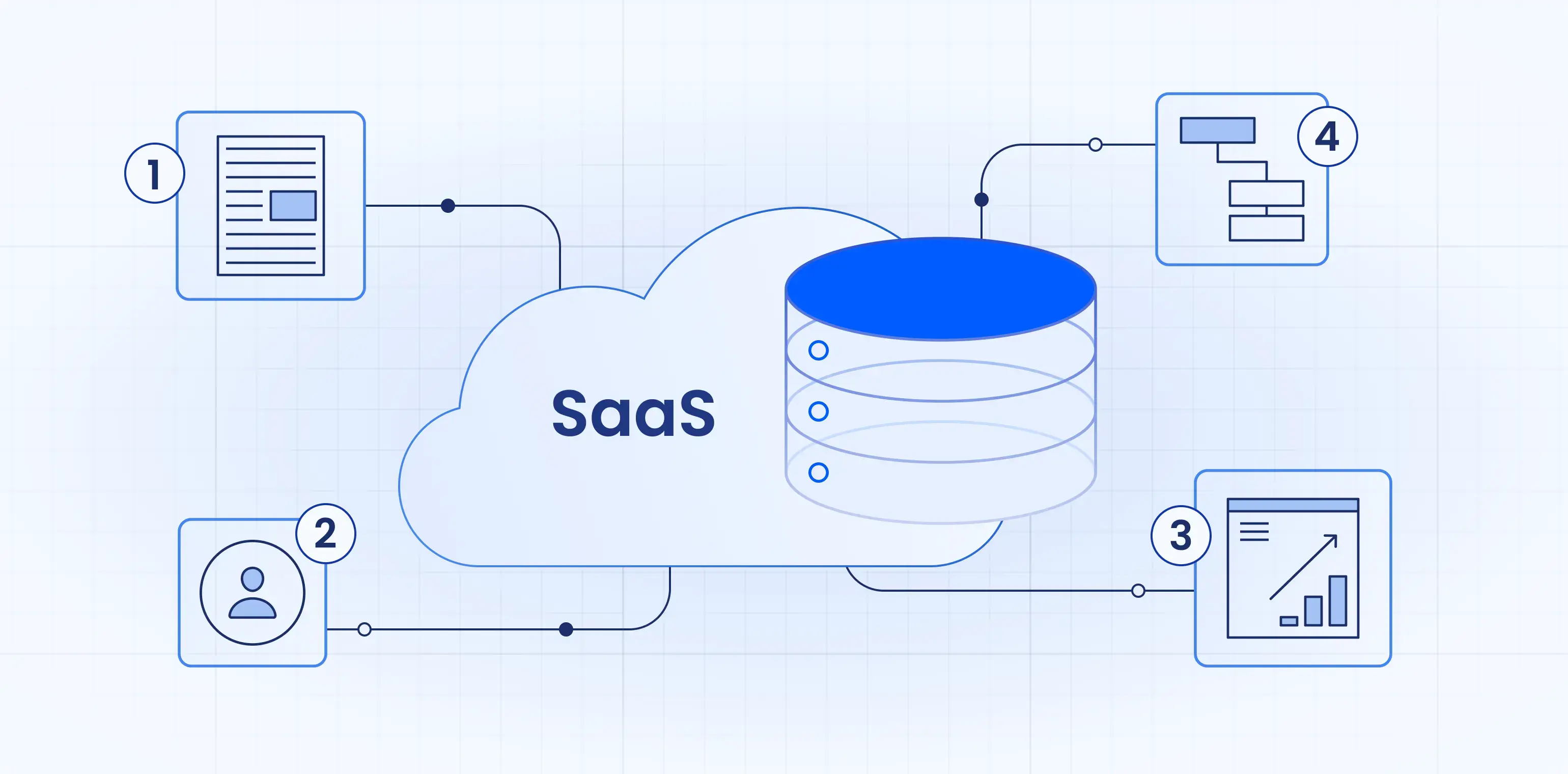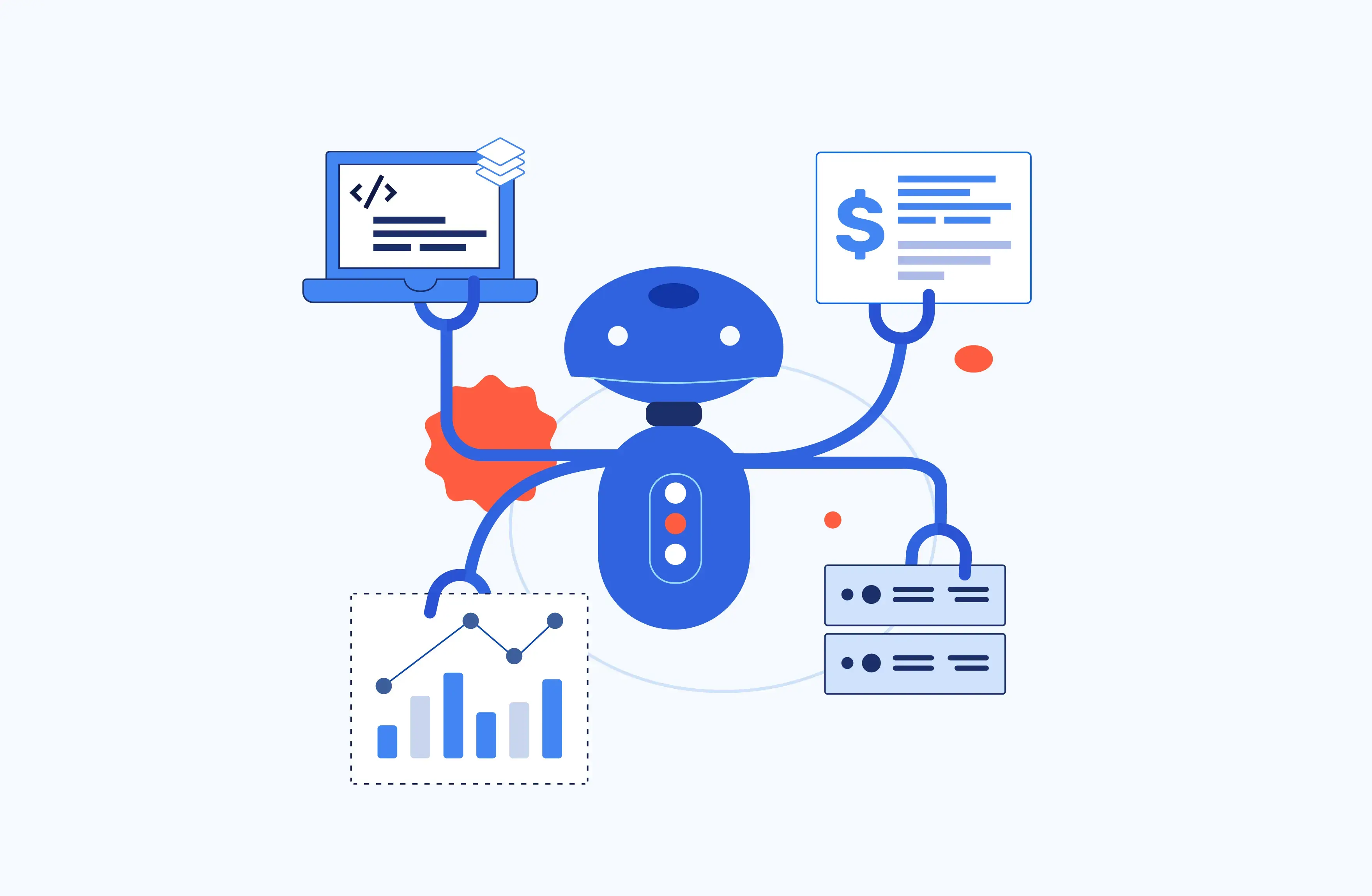The New Rules of Retail for Rebuilding the Economy
While the pandemic continues, Mark Zuckerberg is expanding e-commerce with a new Facebook service – Shops. By setting up free storefronts, he welcomes small businesses with no previous web presence to get online for the first time.
Fortune 5000 companies are experimenting with personal digital experiences, new data usage, unified inventory, and price optimization to create an entirely new retail experience.
Digitalization, driven by the pandemic, has transformed the retail world, making an easy and seamless e-commerce experience an absolute necessity for every retailer. How does one approach a new reality and go digital, picking the right horse among a multitude of technology trends?
Do not expect a return to normal
Retailers should stop expecting business to return to ‘normal’. There’s no way back to how it was anytime soon. Even before the pandemic turndown, brick-and-mortar retailers were struggling against Amazon and similar e-commerce players, in vain.
Most retailers with physical roots try to replicate their in-store experience online. Still, such efforts are empty as customers don’t expect a digital experience to be like a physical one — nor do they want it to be.
Facebook Shops not only allows companies to sell through social media, but also to become a new personalized shopping destination with peer support, reviews, multimedia, and gamification included. A retailer can use these new opportunities to create a fresh, immersive experience wherever customers are — that’s something no physical outlet can provide.
McKinsey’s latest insights (1) show that consumers are likely to keep habits such as more online shopping and fewer mall visits. It’s evident that the wait-and-see mode should turn into an authentic customer experience. The first step to be made is to reinvent the e-commerce experience — from browsing to researching, selecting, purchasing, and returning/exchanging.
Unless it’s Nike shoe drops or the latest Apple release, customers will no longer tolerate average digital shopping experiences. In most cases, foot traffic to physical stores has dropped. A robust online presence and a consistent digital experience could make all the difference between staying afloat or sinking.

Retail capabilities powered by tech
Retailers have broadened their e-commerce capabilities through data-driven analytics, smart automation of business workflows, AI, and VR.
The first aspects of the retail industry to be transformed by these technologies will be the customer experience and store management.
Sales, marketing, supply chains, and inventory management will follow next.
Ultra-personalization
Based on buyer journeys, new technologies can segment customers so companies can satisfy their specific needs. Armed with data, retailers can make offers more intelligent and create more sales funnels.
The final goal is to provide customers with everything they need at the right time, creating an exceptional customer experience and boosting business performance. According to Deloitte, the next phase in data aggregation and activation will reduce each segment to a single individual.
Case ultra-personalization
American fashion house Michael Kors recently released a series of live stream sessions, including a mobile lifestyle quiz that results in personalized handbag recommendations from the designer. That isn’t the techiest solution but can be useful while you’re attempting to fine-tune each customer profile.
AI
The global market of AI in retail was worth $712 million in 2016, (according to Research & Markets), and is projected to reach $27 billion by 2025.
By predicting when the next purchase will happen, AI creates both growth opportunities and a sustainable future for retailers. IBM predicts an increase in the AI adoption rate among retailers to more than 80% in 3 years.
The areas of greatest opportunity are promotions, assortment, and replenishment. Retail companies will use AI to predict the most optimal distribution of resources, reduce lapses in sales, and maximize profits. Some even aim at the full anticipation of customers’ orders, shipping goods without a purchase confirmation.
Case AI
US floorcare company Bissell has benefited from leveraging consumer insights to make actionable business decisions. When the company launched on the Chinese marketplace Tmall and sold out-of-stock, data helped the brand to retain sales. The product-recommendation algorithm targeted consumers according to search interests and shopping behaviors and recommended alternative products.

Chat bots
There has been rapid adoption of messaging-based customer service bots across retail. Gartner states that 19% of businesses have already implemented a chatbot in 2020, while another 25% plan to deploy virtual assistants in the next year.
The shift from voice-based customer service to digital is moving quicker than many may realize. The customers now select messaging as the preferred service channel, so the call amount has now dropped by nearly half. To lower cart abandonment and improve customer satisfaction, businesses can use embedded messaging tools, video, or voice-activated technologies.
Case chat bots
Footwear company Allbirds launched a feature that enabled Tmall shoppers to connect with store associates via video chat to ask questions and see product displays as if they were at a physical store. It met demand, and the brand is now exploring ways to preserve the feature even after Covid-19.
Predictive analytics
Customers are already being tracked in many different ways. Their personal information is collected at the point of sale, ‘cookies’ can track their movements online, and one click can push an endless line of ads.
A healthy flow of that information is the lifeblood of customer loyalty programs, price optimization, targeting, and inventory management. Predictive analytics helps retailers be smarter, more efficient, and reduce costs.
Case predictive analytics
Retail intelligence company Upstream Commerce observed that automated predictive and dynamic pricing tools deliver an additional 20% net profit gain compared to partially managed catalogs.

Streaming
Broadcasting allows retailers to communicate with consumers in real-time. The ability to ask questions and receive answers gives the communication a more natural, authentic feel and amplifies the retailer-customer connection. Such authenticity holds great power. This is particularly important, considering that 86% of consumers rank authenticity as a significant factor when deciding which companies to support (Stackla, 2019).
In the coming months, retailers will experiment more with new modes of engagement, including in-store live streams where sales associates engage with shoppers and even fulfill customer orders.
Case streaming
At the height of the coronavirus outbreak in China, wellness brand Viva Naturals launched marketing campaigns across the Alibaba platform. It included educational live streams on various health topics, from which the brand saw a quick surge in sales. Furthermore, that also helped to move Viva Naturals’ strategy forward. The brand is now promoting a new line of immunity-support supplements based on consumer demand.
Here is a short, yet detailed, YouTube conversation with the founder and CEO of TDA, Goran Deak. In this video, Deak discusses how COVID-19 has affected the retail industry; explaining how businesses are coping and, more specifically, how industry leaders can plan for the future of e-commerce in the era of Coronavirus.
https://www.youtube.com/embed/0HWWn4WNtBk?feature=oembed
Summary
COVID-19 has broken customer shopping habits and historical trends. This isn’t the time for the retail industry to try to ride out the storm. With a more proactive, progressive approach to digital transformation and a new era of customer service, the future might look less blurred. The pandemic is causing industry-wide disruption with long-term consequences yet to be fully understood. To survive in the new retail landscape, businesses should invest in unique digital capabilities – including real-time inventory management, predictive analytics, AI-powered search, and personalization. In the right hands, they can create wholly new and different shopping experiences. Erbis can let you become more tech-savvy and stay on top of retail trends.












